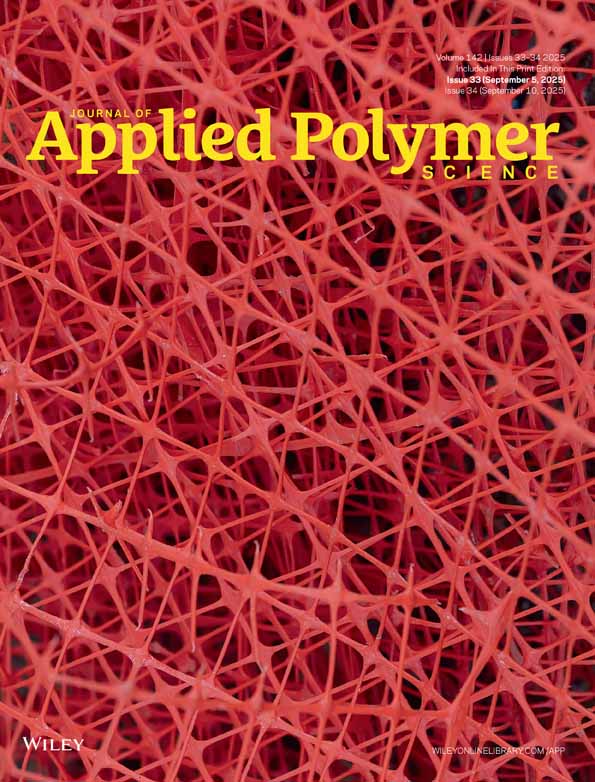Flexural properties of phenolic resin reinforced with glass powder: Preliminary results
Abstract
Phenol formaldehyde was filled with glass powder to increase its flexural strength for civil and structural applications by a research centre on composites, University of Southern Queensland (USQ). To reduce costs, the centre wishes to fill in as much glass powder as possible subject to maintaining sufficient strength of the composites in structural applications. This project varies the percentage by weight of the glass powder in the composites from 5 to 30%. The specimens were then subjected to flexural tests. The results show that composite with 17.5% by weight of the glass hollow spheres produces the highest flexural strength and flexural modulus combined with a very good fluidity for casting. The maximum flexural strain was achieved with pure resin. © 2009 Wiley Periodicals, Inc. J Appl Polym Sci, 2010




